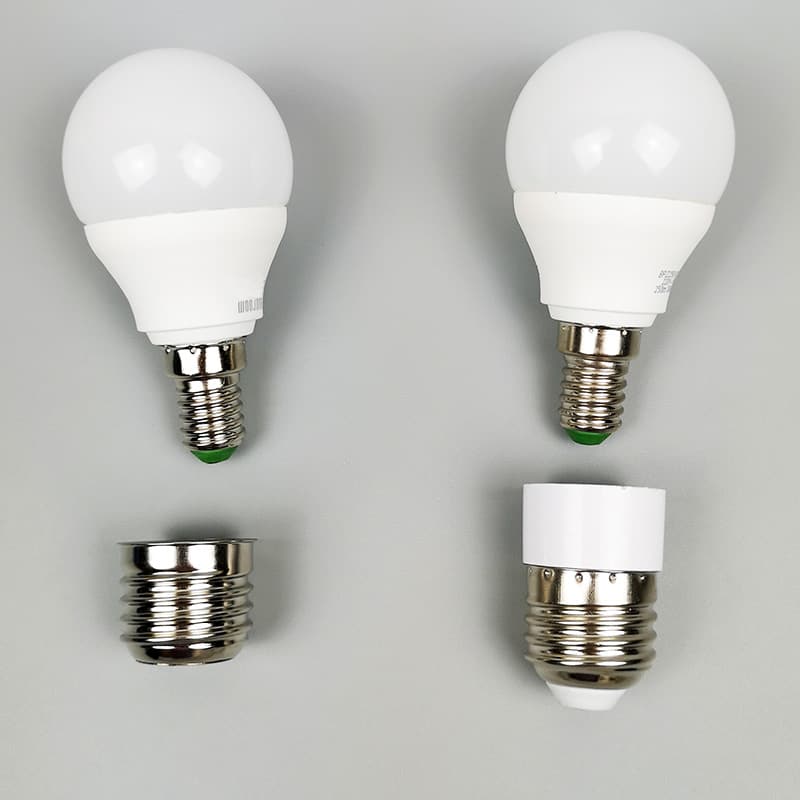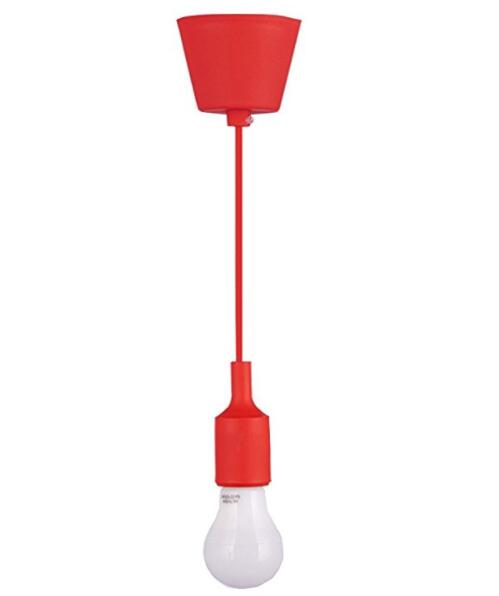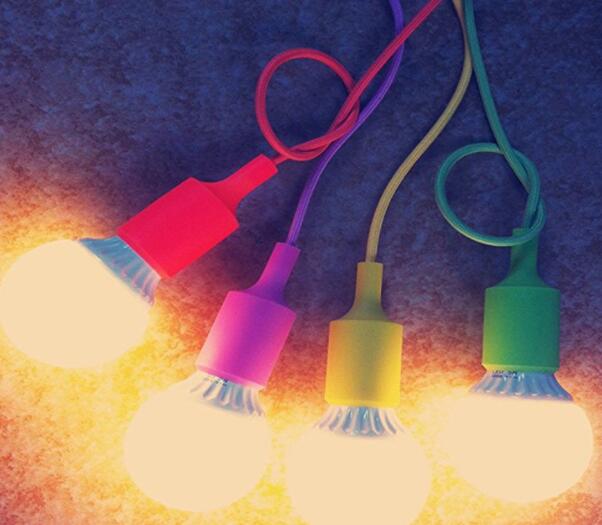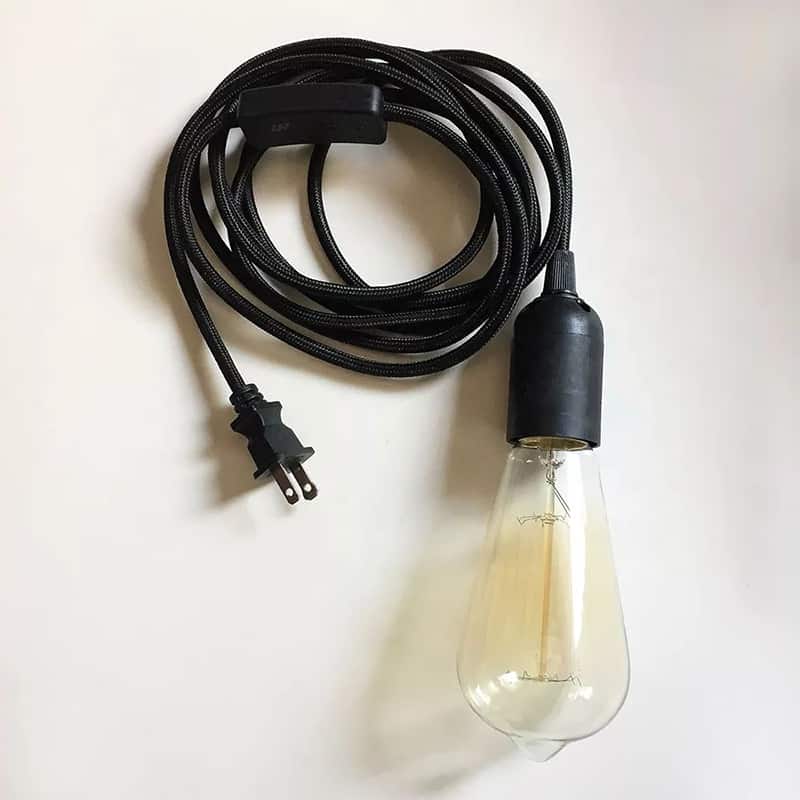Using a high-wattage bulb in a lower-rated light socket can cause severe overheating, create a significant fire hazard, and damage your light fixture. To avoid these dangers, make sure you always match the wattage of the bulb to the maximum wattage rating of the socket.
Using a 100W bulb in a 40W socket causes excessive heat, which can cause the socket, wires, and bulb to overheat, creating a fire hazard or damaging the fixture permanently.
Let’s talk about why using the right wattage bulb is critical for safety and longevity.

Understanding Socket Wattage Ratings
Every light socket has a maximum wattage rating that indicates the amount of power and heat it can safely handle. For example, a 40W socket is specifically designed to operate without overheating when fitted with a bulb that does not exceed this wattage. If you install a higher-wattage bulb, such as a 100W bulb, you are overloading the socket, which can lead to serious safety risks.
Sockets, especially those using the E26 or E27 designs commonly found in many households, are rated for specific wattages, and while they can handle certain voltage ranges, their maximum wattage capacity must be respected. By exceeding the rated wattage, the additional heat generated can damage the socket material and affect the wiring, reducing the overall lifespan of the fixture.
Overheating and Its Risks
When a 100W bulb is placed in a socket rated for 40W, the excess heat that the 100W bulb generates can quickly cause the socket to overheat. Most sockets, especially those made of plastic or bakelite, are prone to melting when exposed to higher temperatures than they are designed to withstand. This heat can also transfer to the wiring connected to the socket, leading to the breakdown of the insulation and the exposure of live wires.
Once the insulation degrades, you risk short circuits, sparks, or even electrical fires. Additionally, the socket itself may become discolored or deformed, making it harder to remove the bulb. In some cases, the bulb can fuse to the socket, complicating bulb replacement and posing a further electrical hazard.

Fire Hazard and Electrical Damage
The most serious risk of using a 100W bulb in a 40W socket is the increased potential for fire. A higher wattage bulb produces more heat than the socket can dissipate safely, especially in enclosed or poorly ventilated light fixtures. This heat can ignite the socket material or surrounding components, leading to a fire.
Moreover, the fixture’s internal wiring can suffer significant damage from the excessive heat. The melted insulation can cause electrical shorts, blow fuses or circuit breakers, and potentially lead to fire hazards inside the walls or ceiling where the fixture is installed. In some extreme cases, entire sections of the home’s electrical system could be compromised, requiring extensive repairs.
Energy Efficiency and Long-Term Impact
Using a bulb with higher wattage than what the socket is rated for doesn’t just create safety issues—it’s also inefficient. A 100W incandescent bulb draws significantly more power than a 40W bulb, increasing energy consumption without a proportional increase in light output. This inefficient use of energy leads to higher utility bills, especially if multiple high-wattage bulbs are used throughout the home.
In addition to energy inefficiency, overloading the socket can result in faster wear and tear on the lighting fixture itself. Heat damage shortens the lifespan of both the socket and the bulb, leading to more frequent replacements and increased maintenance costs. You may also notice that the light quality degrades over time as the bulb dims due to heat damage, making the fixture less effective for its intended purpose.

Choosing the Right Bulb for Your Socket
To prevent overheating and potential fire hazards, always use a bulb that matches the socket’s wattage rating. For example, if you have a 40W socket, it’s a good idea to switch to energy-efficient LED bulbs. LED bulbs provide the same brightness as a 100W incandescent bulb while drawing only a fraction of the power, usually between 10W and 15W.
Not only do LED bulbs reduce energy consumption, but they also operate at much cooler temperatures, making them safer to use in low-wattage sockets. Furthermore, it’s important to check the fixture’s maximum wattage rating to ensure that the bulb you are using doesn’t exceed the socket’s capacity. This simple step will help prevent dangerous overheating.
What to Do if You’ve Used a High-Wattage Bulb
If you’ve already used a 100W bulb in a 40W socket, it’s important to remove the bulb immediately. After removing the bulb, inspect the socket and surrounding areas for any signs of heat damage, such as discoloration, melting, or burnt smells. If the socket appears damaged, it’s best to replace it before continuing to use the fixture.
In some cases, it may be necessary to have an electrician inspect the fixture to ensure that there is no internal wiring damage. It’s better to err on the side of caution and address any issues early to prevent more serious problems from developing in the future.

Final Words:
Always use bulbs that match the wattage rating of lamp socket to avoid overheating, fire hazards, and damage to the fixture. This simple rule will help you have safe and efficient lighting in your home or business.













